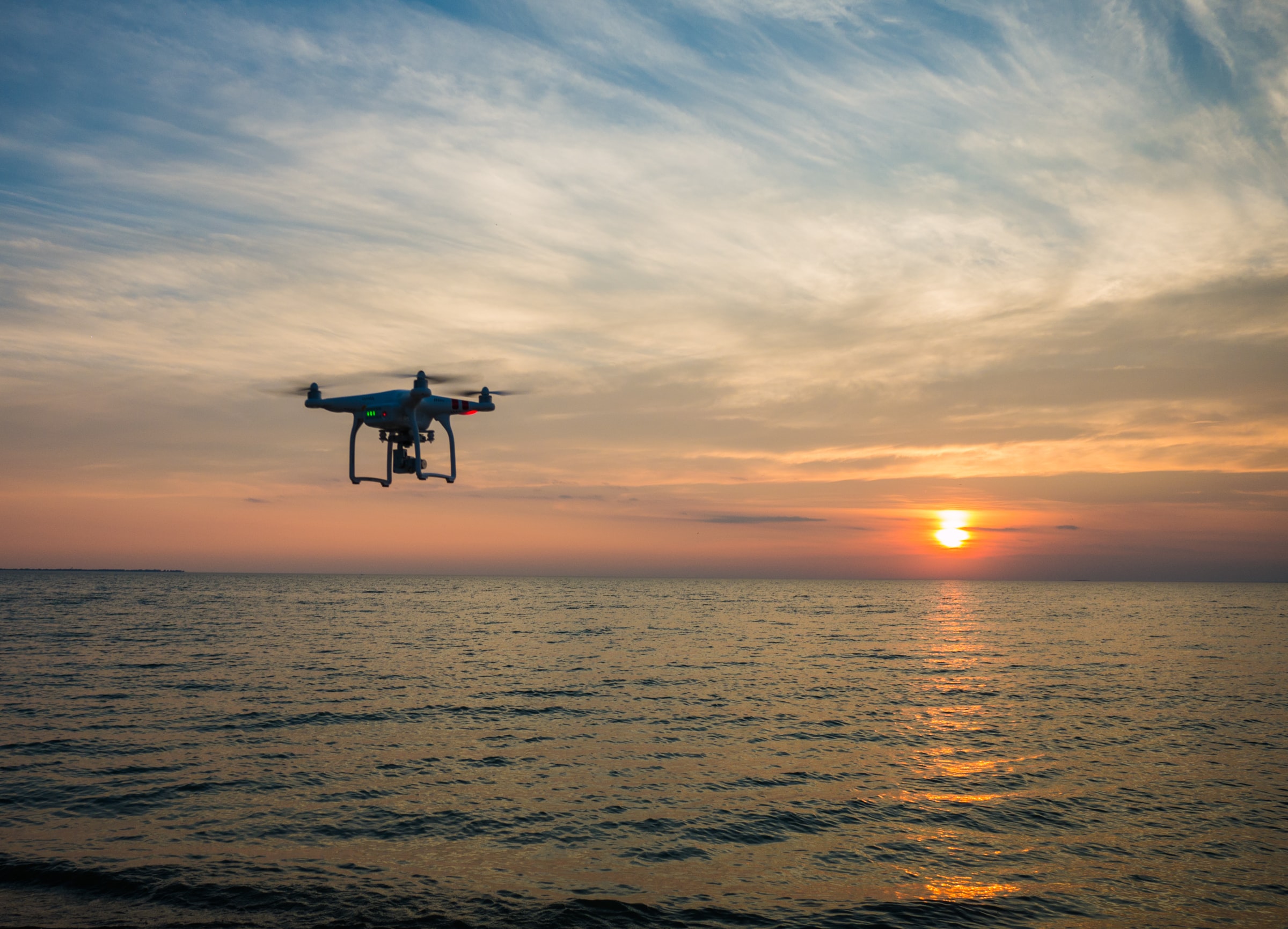
Urban Aerial Mobility of People & Cargo
| Tags | AirCargoPassengerUrban📙 |
|---|---|
| Publication Date |
Cargo Transport
The most promising first step in conquering the urban and suburban aerospace will be delivery drones. [1]
Manufacturing drones that will be able to swiftly deliver parcels and letters, especially in regard to last-mile-delivery, is already being heavily researched: While some research projects have been terminated after years of field experiments like DHL’s “Paketkopter” [2], others are committed to invest more resources, like Amazon’s Prime Air Project [3]. Tech giant Alphabet’s unmanned traffic management (UTM) subsidiary Wing recently announced they are ready to go to market: In the first major urban usage scenario of unmanned delivery drones, pharmacy chain Walgreens plans to use Wing drones to supply parts of the Dallas Fort-Worth area in Texas, USA. [4]
Business Models, Trends and Innovations
The economic potential this industry could be capable to bear once being commercially sustainable is partly based on its prospect of last-mile delivery: An analysis conducted by Deutsche Bank concluded that last-mile delivery by drone might be substantially less expensive than by conventional shippers - Drones could be 40 times less expensive per mile of delivery than delivery by postal services like the United States Postal Service (USPS). [5]
But not only costs could be a major benefit of delivery drones: Even just adding a drone to existing last-mile delivery systems can lead to 10% faster delivery tour times. [6]
Additionally, a study conducted by Virginia Tech Mid-Atlantic Aviation Partnership (MAAP) concluded that replacing delivery via road with drones as a means of aerial delivery in metropolitan areas could potentially decrease road usage by 294 million miles per year and reduce CO₂ emissions by up to 113,900 tons per year. [7]
Passenger Transport
The performance of “airtaxis”, as passenger drones are also sometimes called, is different from manufacturer to manufacturer: E.g. Airbus currently calculates with autonomous passenger drones that are able to reach speeds of up to 120 km/h and can fly for approximately 15 minutes with 4 passengers - This would suffice to cover at least all city centers of major European cities like Paris, Berlin, Rome or Madrid. [8]
As Porsche Consulting estimates, passenger drones could be available as soon as 2025. [9]
Business Models, Trends and Innovations
As part of the urban air mobility ecosystem, the trajectory for passenger drones as a standalone branch is hard to estimate: According to Roland Berger, not only established and rising companies will act as manufacturers, service providers or investors, but also governments, municipalities and research institutes are already actively participating in current projects. [10]
A prominent company in the supply of urban passenger drones is Volocopter who claim to make commercial flights in cities available until 2024. [11]
Urban air mobility providers currently work closely together with promising partners that provide complementing knowledge: Volocopter is currently in talks to develop a feasibility study with Skyports, an operator of vertical take-off structures for air taxis, and Malaysia Airports in order to test the employment of air taxi services at the Sultan Abdul Aziz Shah Airport in Kuala Lumpur, Malaysia. [12]
One of the main challenges identified by Straubinger et al. is the transition from the current level of demonstration and feasibility studies to an actual mass market that enables economies of scale and therefore competitive production costs and acceptable prices. [13]
Roland Berger expects the industry to first move into the application as airport shuttles before then catering to the broader purpose of inner-city air transportation by assuming its role of “point-to-point air taxis”. [14]
Sources
[1] Infineon. E-Planes and Drones: Flying with Electricity. https://www.infineon.com/cms/en/discoveries/electrified-aircraft/.
[2] Landmesser, D. (2021, August 9). Paketdrohnen bleiben ein ferner Traum. In Tagesschau. https://www.tagesschau.de/wirtschaft/technologie/post-dhl-paketkopter-einstellung-101.html.
[3] Amazon. Prime Air. https://www.amazon.com/Amazon-Prime-Air/b?node=8037720011.
[4] Shepardson, D. (2021, October 20). Alphabet’s Wing project unveils new drone delivery model in Texas. https://www.reuters.com/technology/alphabets-wing-project-will-unveil-new-drone-delivery-model-texas-2021-10-20/.
[5] Kim, E. (2016, June 15). The most staggering part about Amazon’s upcoming drone delivery service. https://www.businessinsider.com/cost-savings-from-amazon-drone-deliveries-2016-6.
[6] Garcia, O.R. & Santoso, A. (2019, May). Drone delivery systems: A comparative analysis in last-mile distribution. MIT Megacity Logistics Lab, Massachusetts Institute of Technology. Available at https://ctl.mit.edu/pub/thesis/comparative-evaluation-drone-delivery-systems-last-mile-delivery. pp. 15-17.
[7] Lyon-Hill, S. et al. (2020, September 16). Measuring the Effects of Drone Delivery in the United States. Office of Economic Development, Virginia Tech University. Available at https://vtechworks.lib.vt.edu/handle/10919/100104. pp. 16-18.
[8] Google Maps. https://www.google.de/maps
[9] Infineon. E-Planes and Drones: Flying with Electricity. https://www.infineon.com/cms/en/discoveries/electrified-aircraft/.
[10] Hader, M. & Baur, S. Urban Air Mobility. In Roland Berger. https://www.rolandberger.com/de/Insights/Global-Topics/Urban-Air-Mobility/.
[11] Volocopter (2021). Urban Air Mobility: Innovation for a better city. https://www.volocopter.com/urban-air-mobility/.
[12] Volocopter. (2021, July 21). Malaysia Airports, Skyports, and Volocopter Collaborate to Conduct Feasibility Study for Vertiport Deployment in Malaysia. https://www.volocopter.com/newsroom/malaysia-airports-skyports-and-volocopter-collaborate-to-conduct-feasibility-study-for-vertiport-deployment-in-malaysia/.
[13] Straubinger, A., Michelmann, J. & Biehle, T. (2021, April 9). Business model options for passenger urban air mobility. Deutsches Zentrum für Luft- und Raumfahrt e.V. 2021. CEAS Aeronautical Journal (2021). Vol. 12. pp. 362-370.
[14] Roland Berger Focus (2018, November). Urban air mobility: The rise of a new mode of transportation. pp. 5-8. Available at https://www.rolandberger.com/publications/publication_pdf/Roland_Berger_Urban_Air_Mobility.pdf.